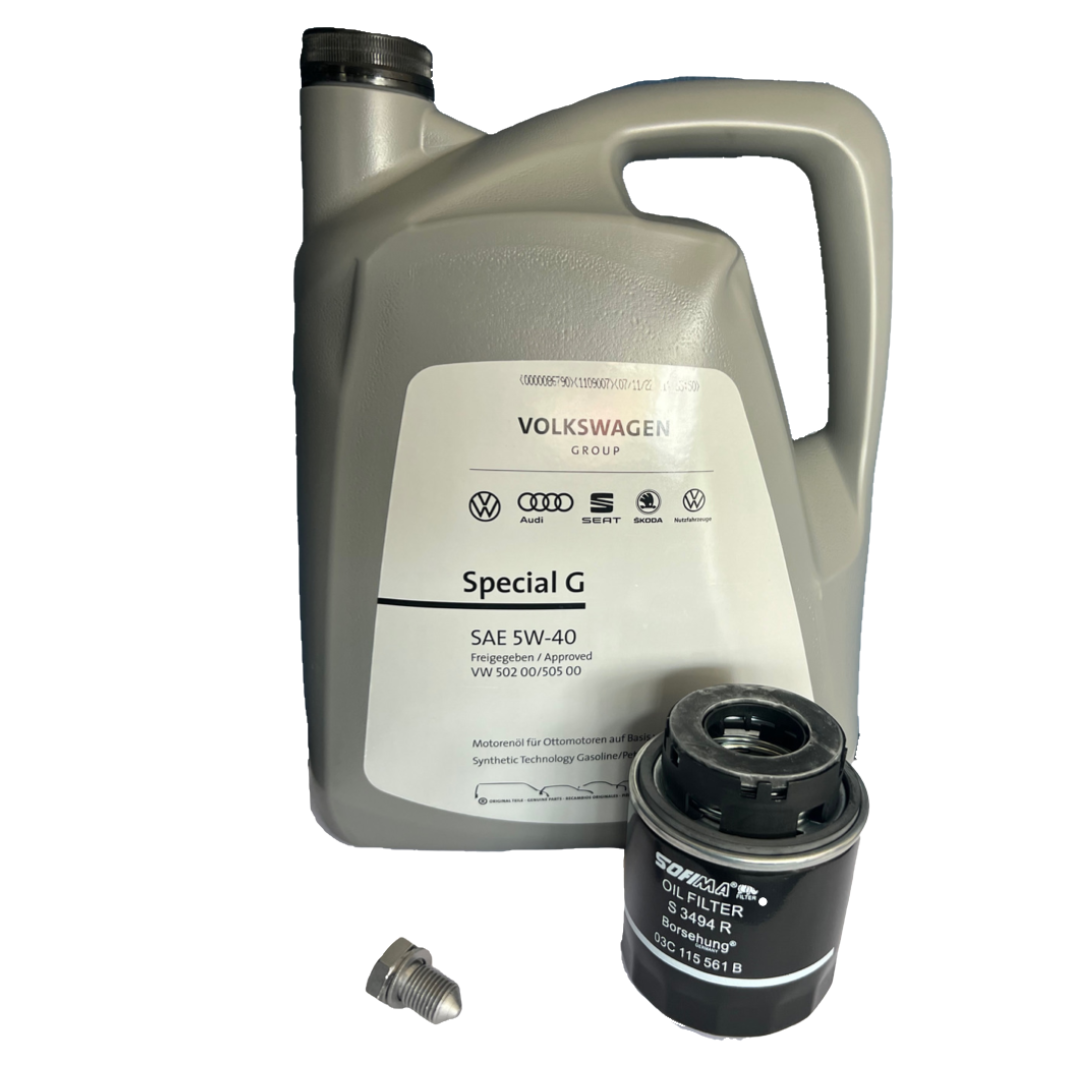How a Clp Engine Can Boost Effectiveness in Various Industries
The development of CLP engines marks a substantial change in functional effectiveness across different fields, driven by their capacity to optimize fuel intake and decrease downtime. Industries such as manufacturing and logistics stand to obtain substantially from their robust style and consistent power outcome, which promise to improve operations and enhance productivity. As companies increasingly prioritize sustainability along with performance, the duty of CLP engines becomes much more critical. What remains to be seen is just how these advancements will shape the future landscape of commercial procedures and their influence on wider financial fads (clp engine).
Overview of CLP Engines
CLP engines, or Continual Fluid Propellant engines, represent a substantial improvement in propulsion technology, especially for area applications. These engines utilize a continuous feed system that permits the sustained expulsion of propellant, leading to enhanced effectiveness and efficiency compared to standard solid or hybrid propulsion systems. By maintaining a continuous flow of fluid propellant, CLP engines can attain more precise drive control, which is essential for navigating spacecraft in various objective situations.
The style of CLP engines integrates sophisticated materials and ingenious gas management systems. clp engine. This results in minimized weight and raised integrity, important variables for long-duration space missions. Additionally, the continual operation lessens the threat of combustion instability, a common difficulty in traditional rocket engines.

Benefits in Production
The production of Constant Liquid Propellant (CLP) engines offers several noteworthy advantages that enhance both efficiency and cost-effectiveness. One of the key benefits is the structured production process, which reduces the complexity linked with standard propulsion systems. By making use of liquid propellant, manufacturers can accomplish greater accuracy in engine performance, bring about enhanced energy outcome and decreased waste.
In addition, CLP engines facilitate a higher degree of modularity, enabling easier assimilation into numerous production lines. This versatility can considerably reduce preparations and boost overall operational flexibility. Using CLP innovation likewise tends to minimize the need for comprehensive upkeep due to less moving parts, which converts into decreased downtime and functional costs.

Applications in Logistics
Leveraging Continuous Fluid Propellant (CLP) engines in logistics provides substantial benefits in operational efficiency and integrity. These engines give a durable remedy for different transport demands, making it possible for the seamless activity of products across substantial distances. The fundamental design of CLP engines permits consistent power output, which converts right into smoother and more predictable transportation schedules.
Among the vital applications of CLP engines in logistics remains in heavy-duty freight transportation, where they can drive both ground and airborne automobiles. Their capacity to keep high efficiency under varying lots problems makes certain that distribution timelines why not find out more are satisfied, thus enhancing client complete satisfaction. In addition, CLP engines can be incorporated into automated logistics systems, promoting real-time monitoring and optimizing course preparation.
In addition, the resilience of CLP engines decreases upkeep downtime, allowing logistics companies to optimize their functional capacities. This is specifically advantageous in warehousing procedures, where performance in dealing with and delivering products is essential. As logistics continues to develop, the integration of CLP engines represents a forward-thinking method that not just enhances performance however also sustains the industry's expanding demands for dependability and rate.
Effect On Energy Effectiveness
How do Continuous Fluid Propellant (CLP) engines improve power performance in transport? CLP engines utilize a constant circulation of liquid fuel, optimizing burning procedures and preserving a secure thrust result. This style lessens power losses associated with typical combustion engines, where fuel distribution can vary and cause ineffectiveness.
The constant operation of CLP engines permits an extra effective thermal cycle, leading to greater certain impulse compared to standard engines. clp engine. This equates to lowered gas intake for the very same quantity of work done, substantially lowering functional costs across various transportation sectors, including air travel and maritime markets
Additionally, the capacity of CLP engines to keep optimum efficiency under varying load problems decreases the demand for frequent velocity and deceleration, better enhancing gas performance. Boosted power performance not only contributes to cost savings however additionally results in lower greenhouse gas emissions, lining up with worldwide sustainability goals.
Future Trends and Innovations
Emerging innovations in Constant Fluid Propellant (CLP) engine modern technology pledge to reinvent the landscape of transport effectiveness and sustainability. As sectors pivot towards greener choices, CLP engines stand at the forefront, integrating ingenious materials and layout methodologies that improve performance while lessening environmental effect.
Among one of the most appealing trends is the adoption of hybrid systems that incorporate CLP engines with renewable resource resources. This harmony can maximize fuel usage and minimize emissions, straightening with global sustainability goals. Innovations in computational fluid dynamics (CFD) are promoting the style of even more aerodynamically effective engines, leading to lowered drag and boosted gas effectiveness.
Moreover, the growth of clever surveillance systems is established to improve functional effectiveness. These systems leverage information analytics and IoT innovation to enhance engine hop over to these guys efficiency in real-time, making sure that the engines operate within their most efficient parameters.
As research remains to explore alternate propellant solutions-- such as biofuels and artificial fuels-- the future of CLP engines looks promising. By using these technologies, sectors can not just enhance their efficiency however also add considerably to a cleaner, a lot more sustainable future in transport.
Verdict
In verdict, CLP engines stand for a substantial innovation in performance throughout several sectors. The assimilation of sophisticated materials and less relocating components decreases upkeep needs, while placement with sustainability goals settings CLP engines as an essential technology for the future.